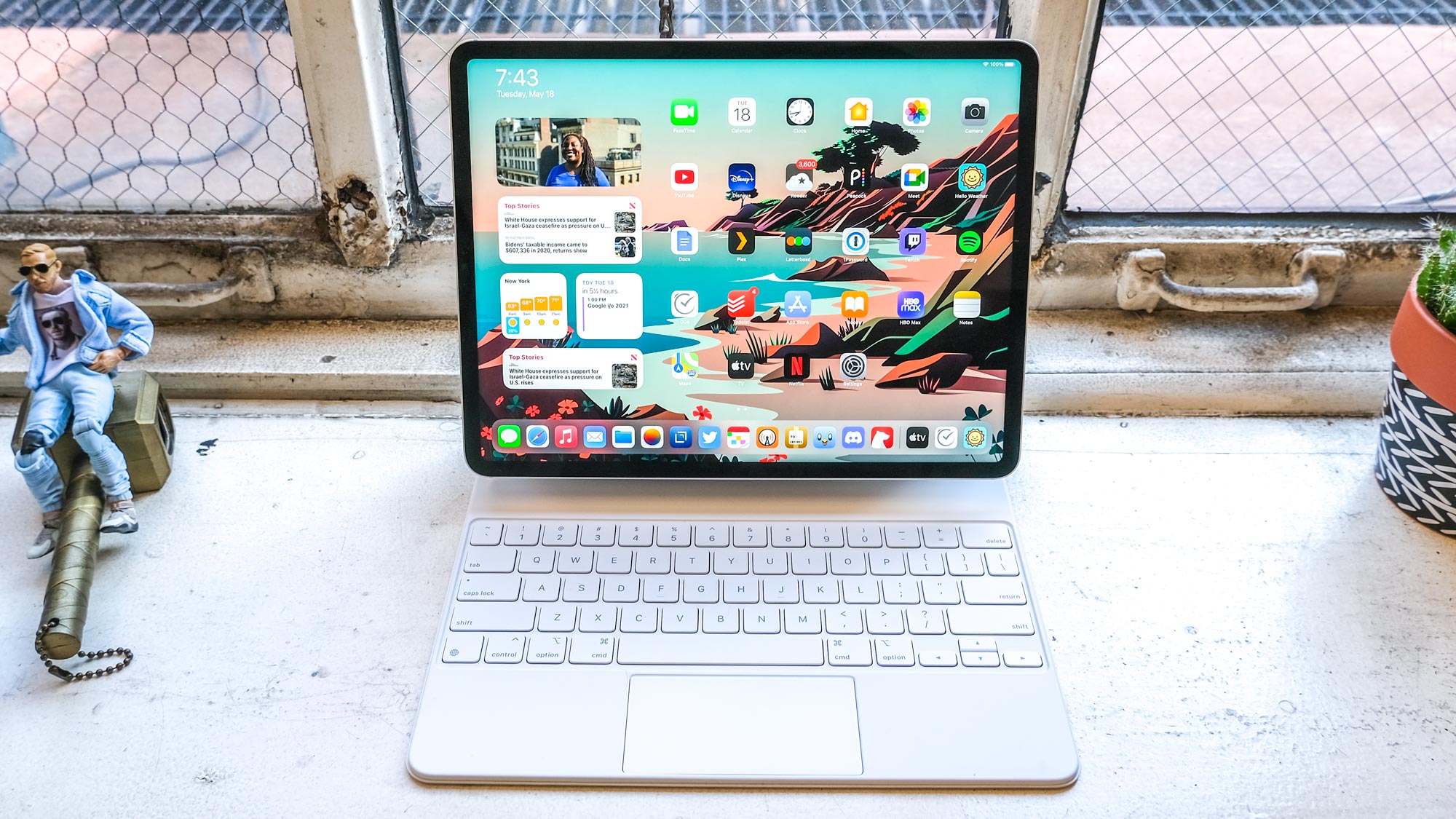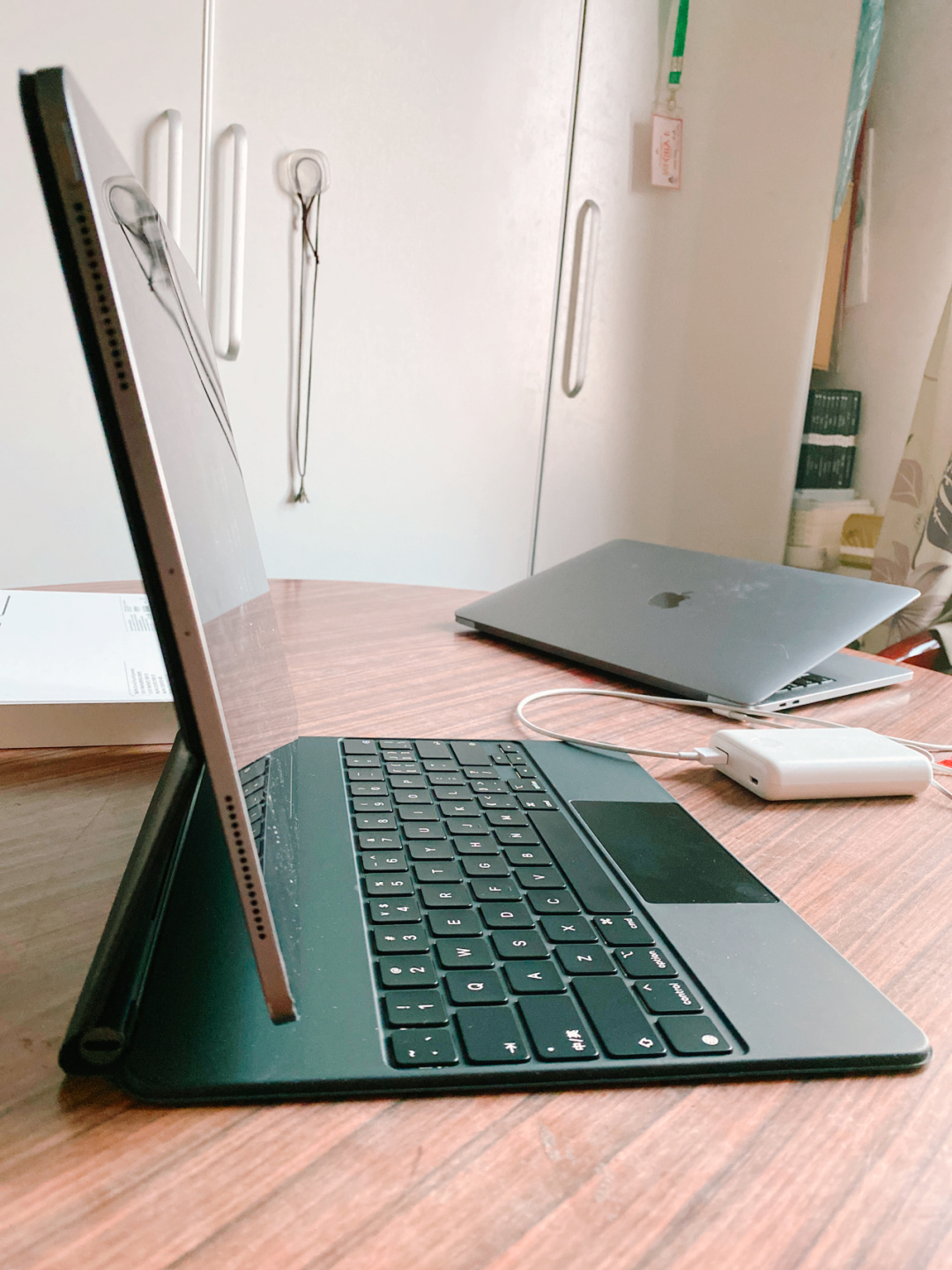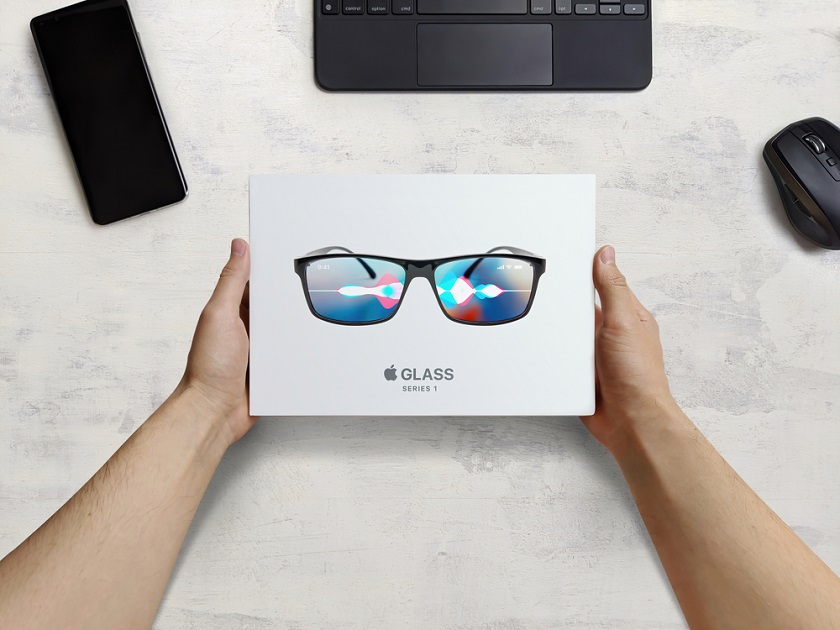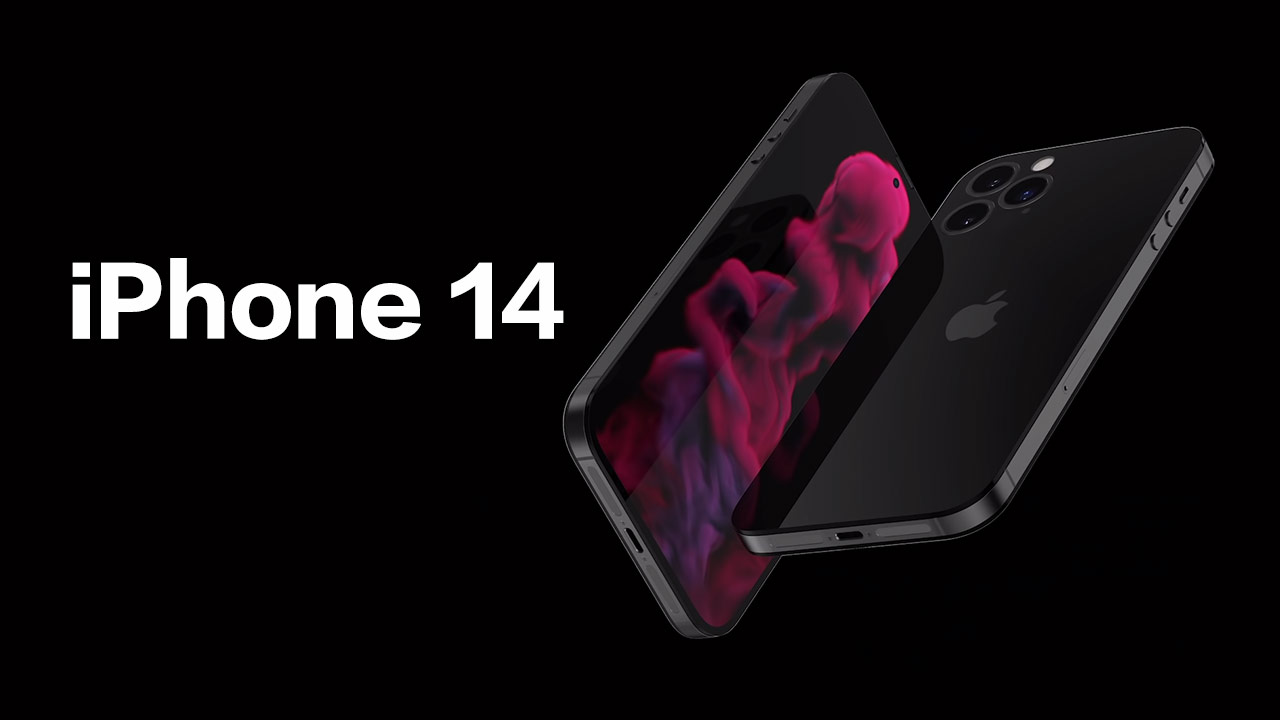As far as Apple is concerned, the iPhone and Apple Watch have fully switched to OLED panels, while the 12.9-inch iPad Pro and the newly released 14-inch/16-inch MacBook Pro are only mini LED backlights (essentially LCD panels).
But the outside world believes that the plan is just a transition, and the ultimate goal is still OLED.
According to the latest news, Apple is in talks with the two core panel suppliers, Samsung and LG.
Discussing the replacement of OLED panels for iPad Pro and MacBook, the content revolves around two-layer serial OLED technology.
It is understood that the existing OLED screen smart phones, OLED adopts a single-stack structure, double-layer series in short, the red (R) green (G) blue (B) light-emitting layer is stacked into two layers.

The advantage is that the brightness of the screen is increased by 2 times and the life of the product is increased by 4 times. The disadvantage is that the cost is relatively high.
This iPad is also LTPO TFT, with an adaptive refresh rate range of 10~120Hz, which is consistent with the iPhone 13 Pro. Compared with the iPad Pro’s ProMotion (24Hz~120Hz) since 2017, it has been upgraded.
Based on the above revelations, the double-layer OLED that the iPad Pro intends to use, compared to the iPhone 13 Pro, maintains the LTPO 120Hz adaptive refresh rate.
It is also hoped that the display brightness will be greatly improved, and the durability will be significantly increased (OLED burn-in is a chronic problem), and the core parameters can be called a leap.
The report pointed out that Apple’s new iPad product based on Samsung’s OLED was originally planned to be launched in 2022, but it has now been postponed to 2023 or even 2024. As for the OLED version of the MacBook, it will be 2025.




